Fulfilling a Lifelong Dream of Wildlife Photography
Photographer Kevin Dooley traded in a successful wedding photography business to pursue his dream of hosting global photo safaris.
• May 2020 issue
For almost 40 years, Kevin Dooley, M.Photog., plied his trade as a wedding and portrait photographer, running a successful studio in Albuquerque, New Mexico. At its peak volume, his studio kept busy 12 photographers shooting 450 weddings a year.
But as time wore on, the wedding and portrait business wore on Dooley. Wedding couples seemed to be getting increasingly critical while demanding more. Competition was intensifying while rates were dropping. Dooley enjoyed the work, but his heart increasingly pulled him in a different direction.
Dooley had always been an outdoorsy person. He grew up on a ranch and spent much of his youth camping and seeking adventures in nature. He’d long admired people who spent their lives exploring the bush, and he knew that someday he wanted to live that life. As the stresses of running a high-volume studio piled up, Dooley decided he was ripe for a personal reinvention. It was time to become the person he’d always dreamed of being, and wildlife photography offered the pathway.
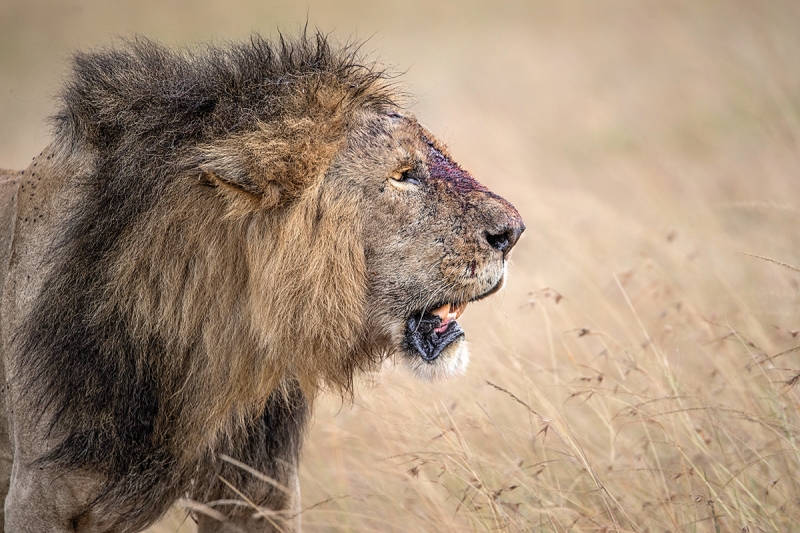
Business in the wild
A little more than a dozen years ago, Dooley began building a wildlife photography and photographic safari business. He kept the studio as a source of stable income, scaling back to between 75 and 100 weddings a year with two other photographers sharing the workload. That income provided a security blanket while he took the steps to transition into wildlife photography full time.
The evolution has included the build-out of multiple revenue streams—stock, editorial, gallieries, art shows—led by a full-service photo safari business. Dooley began by learning Afrikaans, a language spoken throughout southern Africa. Then he pursued credentials to become a certified wildlife guide. His niche would become the combination of wildlife expertise with photographic mastery—an expedition business built around teaching people not only how to photograph wildlife but also about the animals themselves.
Dooley spent years developing relationships and programs specific to photographers. He found guides and lodges willing to go the extra mile to help photographers find the images they were looking for. Dooley handles all the travel arrangements, logistics, photography instruction, and photo-specific details, right down to mounting specialized equipment on safari vehicles to help photographers set up for better shots.
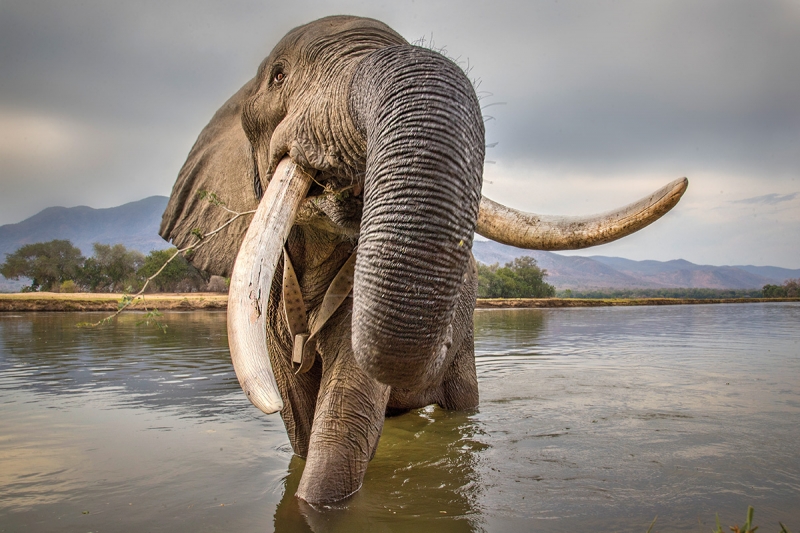
Today, Dooley does 12 photo safaris a year, eight in Africa and the others spread around the world. It took about four years to make the business viable and about six for it to exceed the revenues of his wedding and portrait business. It was a busy and difficult process, but Dooley feels that his experiences demonstrate a potential path for professional photographers looking to create a profitable sideline business or to transition entirely into a new field.
“Going on a photographic safari is much different than going on a regular safari,” explains Dooley. “Everything is geared to photographers, helping them find what they are looking for, getting into situations where they are more likely to find those images, and providing the extra touches that will make the trips a success from a photographic perspective. That’s an advantage that we, as professional photographers, have in this field over typical tour companies, and it’s a real area of opportunity for photographers who are interested in this kind of work.”
Prepping for adventure
For people interested in building a wildlife photography résumé, Dooley recommends pursuing credentials through photographic competitions. There are essentially two different types of philosophies when it comes to entering wildlife photographs in competitions. First, a competition such as PPA’s International Photographic Competition focuses on the inherent qualities of the image. Photographs are judged by the same criteria and can include post-production enhancements. Second, competitions that are specific to wildlife photography focus on authenticity; everything has to be done in camera with no enhancements.
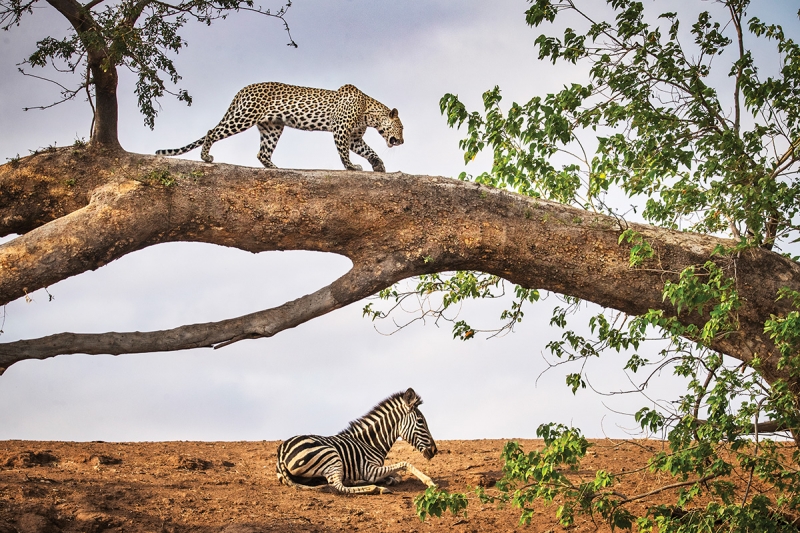
“It can be a challenge to prepare an image for both an IPC-type competition and a wildlife photo competition,” says Dooley. “However, doing so teaches you to get as much right in camera as possible. That is one of most important skills you learn as a wildlife photographer because you’re usually shooting in a situation where you don’t have a lot of control. You can’t move the subject. You can’t control lighting, posing, or background. You have to move yourself and your perspective because events in nature happen where they happen. So you learn to position your body in relation to the subject to obtain the right balance of all those elements.”
Working this way teaches you how to create better photographs versus doing everything in post-production, says Dooley. You learn to look for natural composition and natural lighting and how to piece everything together in an original capture that is nearly perfect. These are skills that photographers can use in daily client assignments doing things like portraits, weddings, and commercial work. That way, post-production can be reserved for special effects or creative enhancement rather than fixes for things that weren’t done correctly at capture.
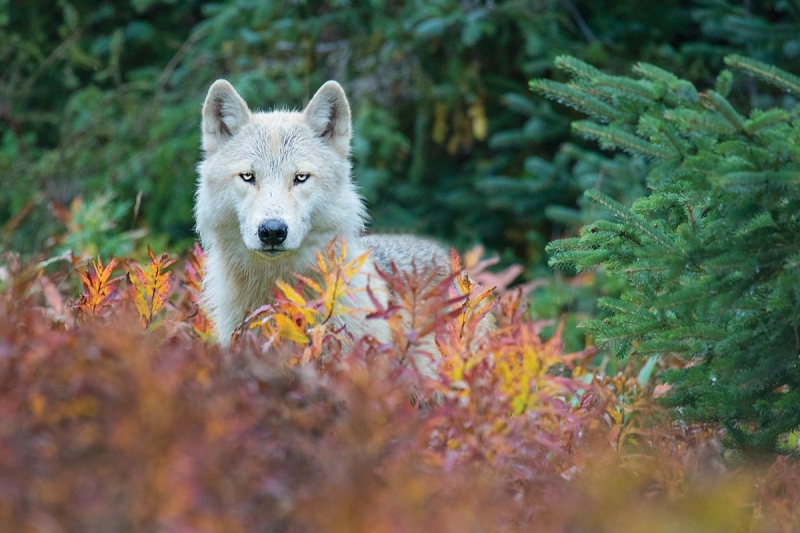
On the other hand, the experience of photographing people carries some inherent advantages when doing wildlife photography, particularly related to the capture of expression and emotion. “We talk a lot about impact in an image, and often that impact comes through the expression of emotion,” explains Dooley. “In order to affect viewers emotionally, you have to understand that they are seeing things through a human lens. Good wildlife photography often portrays animals in ways that we can attribute human emotions to them—for example, an expression on the animal that human viewers perceive as a smile or a sad look. That may not be what the animal is actually feeling, but those expressions mean different things to us. When you can put that emotional angle together with a well-composed, technically strong capture, you’ll have a winning image.”
Dooley points out that you don’t have to trek all the way to Africa or the Amazon to get started in wildlife photography. You can practice anywhere—in your backyard, at the zoo, on a walk to the park. “You can always find something to photograph if you’re looking,” he says.
“The most important thing about wildlife photography is to learn to anticipate nature and what nature is going to do. If you can learn that skill, it will not only enhance your photographs, it will make the entire journey worthwhile. Then you can enjoy the unique experience that wildlife photography offers: spending time with yourself, learning about nature, discovering how you relate to nature, and realizing how nature relates to you.”
RELATED: A gallery of Kevin Dooley's wild things
Jeff Kent is the editor-at-large of Professional Photographer.

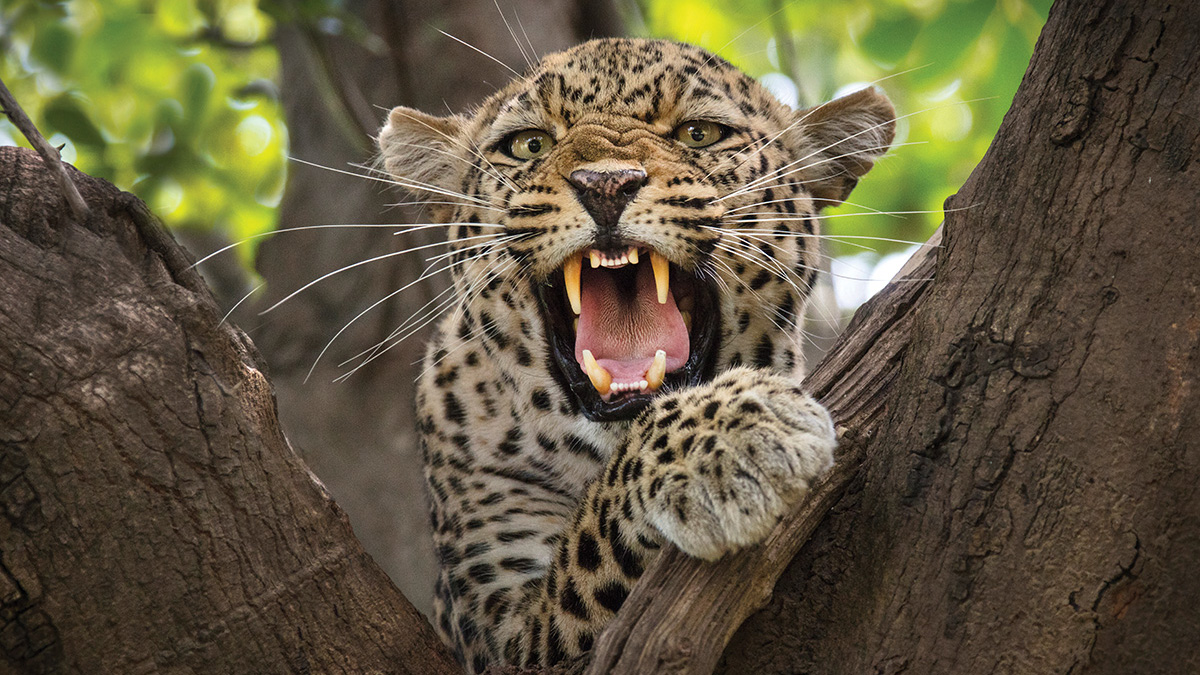
 View Gallery
View Gallery


